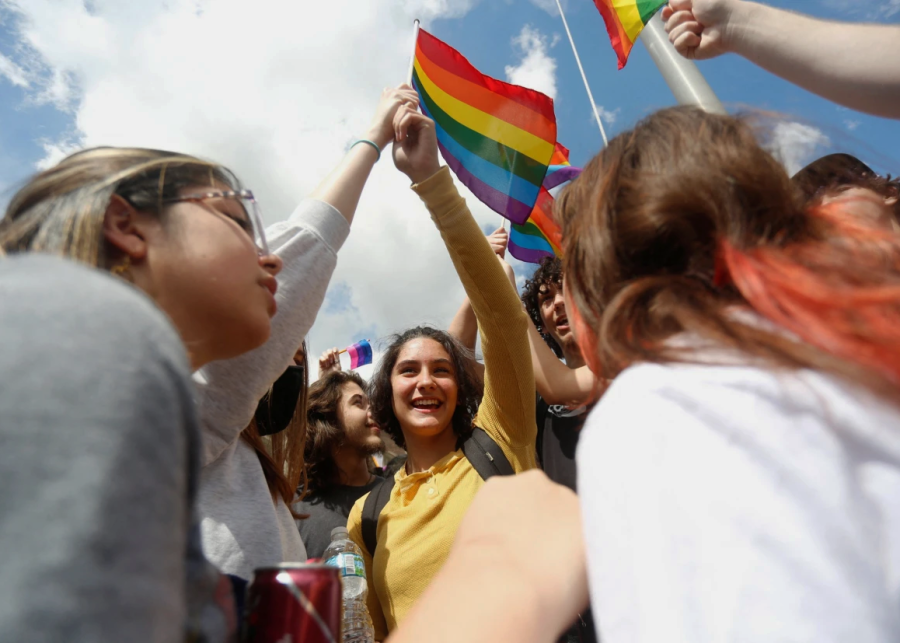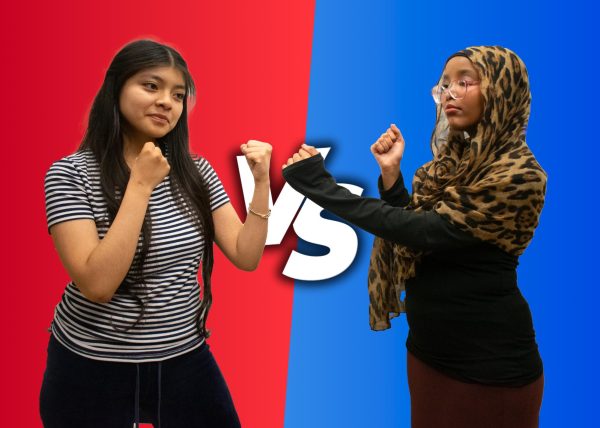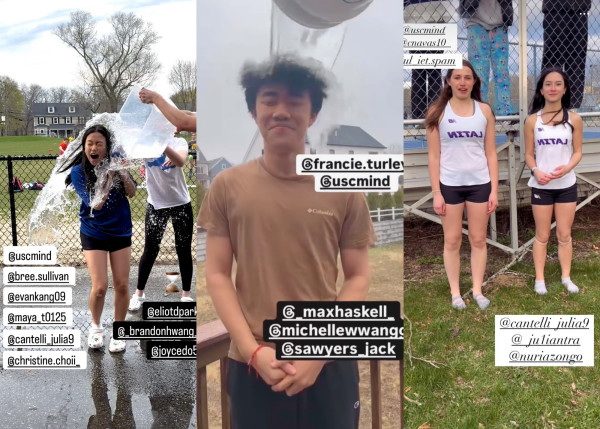Pride in 2023: Accentuating Action and Advocacy
Pride was first conceptualized after the Stonewall riots of 1969, when the New York City police raided the Stonewall Inn, a gay club, and sparked widespread protest. This event served as a catalyst for the queer rights movement in the United States. The U.S. government, however, continued to discriminate against the LGBTQ+ community with the onset of the AIDS crisis. But during this time, queer people were able to recover by building a united community and advocating for each other, a legacy that continues in the celebration of Pride each year.
Although much progress has been made in terms of LGBTQ+ rights and visibility, members of the LGBTQ+ community continue to face oppression around the world. It is imperative that advocacy, activism and protests remain at the core of queer identity, especially during Pride Month.
In recent years, U.S. government authorities, especially those in conservative states such as Texas and Florida, have increased efforts to enact legislation imposing on LGBTQ+ rights. These include a plethora of discriminatory laws which restrict gender-affirming healthcare for transgender people and decrease representation of LGBTQ+ people in education and literature.
Residents of Massachusetts, a primarily progressive and liberal state, however, are often spared from the brunt of bigoted political attacks. As a result, many residents are disconnected from these national issues, and therefore ignorant to the current threats the LGBTQ+ community is facing.
Many internal issues persist within the queer community, namely transphobia, biphobia and a lack of intersectionality. Nandini Chilakapati (III), president of Boston Latin School’s Gender-Sexuality Alliance, explains, “Even though the fight for LGBTQIA+ rights was started by Black and Brown trans women of color, white people have become the face and focus of the community.” Chilakapati goes on to discuss the importance of “[taking] steps to include and accept people of all cultures and experiences if we have any hope of becoming an inclusive space for all people under the LGBTQIA+ banner.”
The frequent misrepresentation of LGBTQ+ people in media exacerbates the issue. Though much progress has occurred and increased the visibility of queer people in mainstream media, there are still many issues with how this community is represented.
BLS Assistant Head of School Ms. Danielle Murray explains, “Sometimes there’s been this discussion on the sidelines of ‘should this group be part of Pride?’ […] And I think, actually, they’re all parts of our community. […] We need to embrace all of them and not […] just the parts that look mainstream, but the parts that challenge our sense of norm because those folks are beautiful and included in our community too.”
Furthermore, the issue of performative corporate support has magnified the misrepresentation of the LGBTQ+ community. Performative support from corporations manifests itself through a myriad of brands releasing rainbow-themed clothing, changing their logos to include rainbows and releasing statements pledging their allyship with the queer community, and their devotion to supporting and accepting all. Many of these companies, however, are not true to their word, as many also support homophobic politicians, donate to conversion therapy organizations or create discriminatory environments and policies for their employees.
Murray adds that “pride should have all sorts of diversity, not just racial diversity, not just gender diversity, but [also] diversity of lived experiences that should be celebrated. I think the more corporate we get, the more “safe” people want to play it.” The way LGBTQ+ people live should not be dictated by others’ expectations, and Pride should be an opportunity to embrace this counterculture.
Pride Month should never act as a facade to mask the reality of current LGBTQ+ rights around the world, but it can still serve as a celebration for this rich community, which is just as crucial as advocacy. Pride demonstrates how queer joy can and should exist alongside the desire for change.







